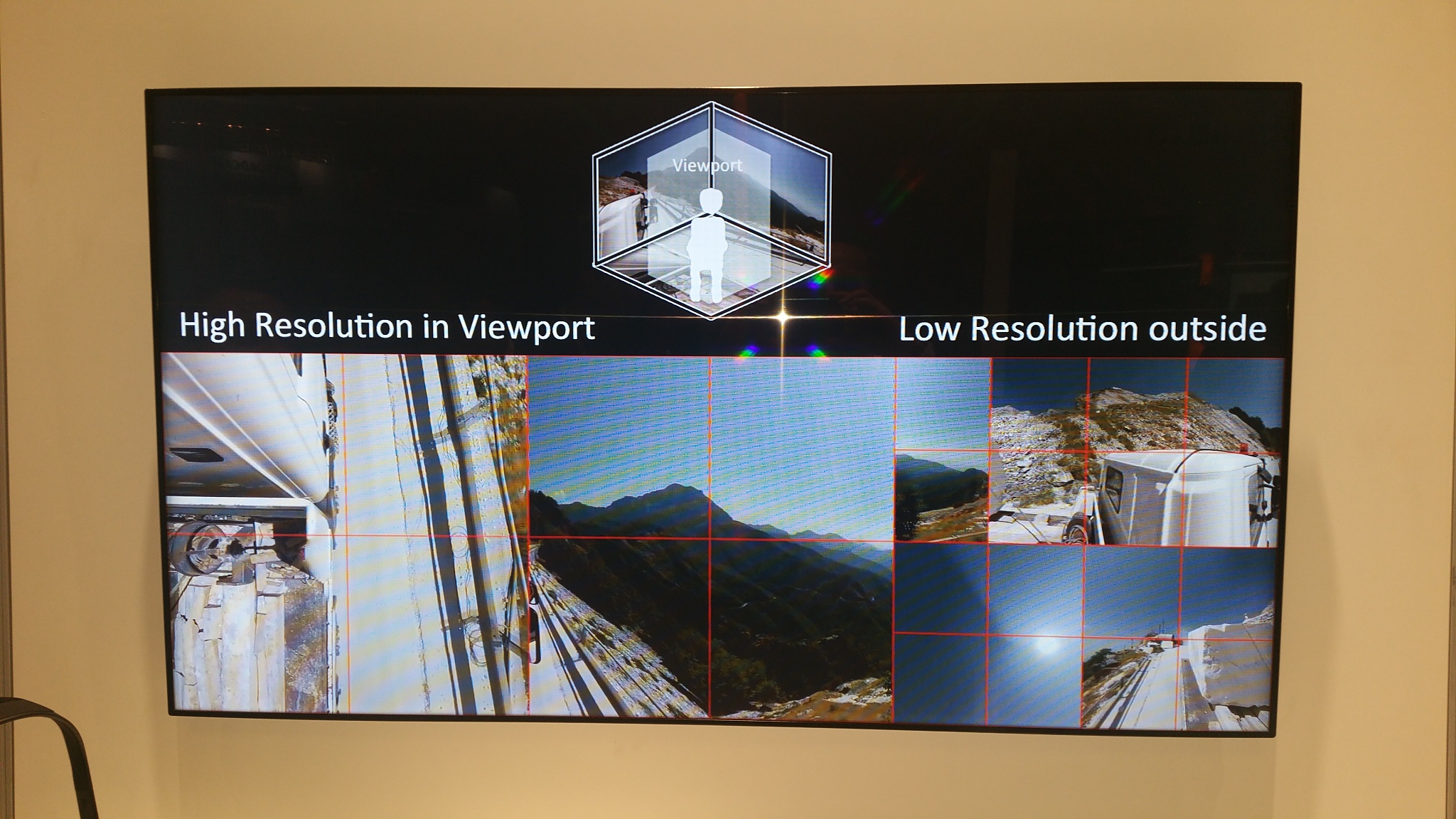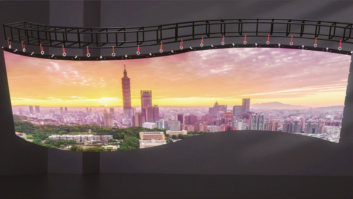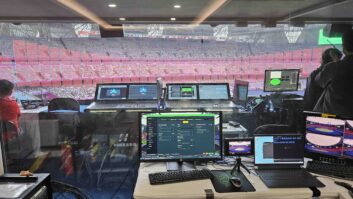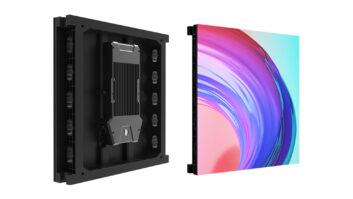
At this year’s IBC, Fraunhofer HHI is showcasing its HEVC Tiles, which allow 360° video data streams to be adapted to the current VR user viewport without transcoding and reduced data rates.
High-resolution in user Field of View (FoV) is required to foster a sense of immersion in VR video applications such as multiple times UHD resolution to cover full 360° surroundings. However, this large amount of data poses a major challenge to the current state of video streaming. The bandwidth required for streaming of such content over public Internet cannot be provided for most of users. Likewise, video decoders are typically not capable of decoding such high-resolution video, especially with constrained resources such as those of a mobile device.
The new approach from Fraunhofer HHI is the facilitation of HEVC Tiles. After encoding, this allows emphasis of the current user FoV within the 360° video through better quality or higher resolution on the go. This is done in a lightweight fashion without transcoding by Fraunhofer HHI’s technique for aggregation of tiles of different quality or resolution into a single common bitstream.
Fraunhofer HHI’s underlying technique for Compressed Domain Tile Aggregation allows separate HEVC encoded videos to be aggregated into a single common HEVC bitstream through lightweight rewriting of header information. Using this technique, a suitable bitstream for each user can be easily generated on the go without heavy processing on the server or client side. This allows a more efficient bandwidth usage as video content outside the users current FoV can be transmitted with low quality or small resolution. Therefore, this technique enables a better decoder utilisation such as 16K VR video quality using a 4K decoder.
Fraunhofer HHI’s lightweight technique for compressed domain tile aggregation, enables usage of a single video decoder on the end device. Furthermore, complete streaming solutions can be implemented based on the well-established MPEG standards family such as MPEG file format and MPEG DASH which are fully compatible.







